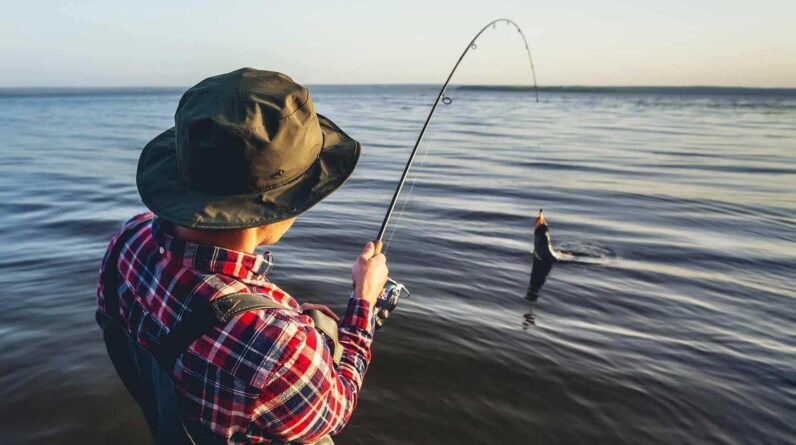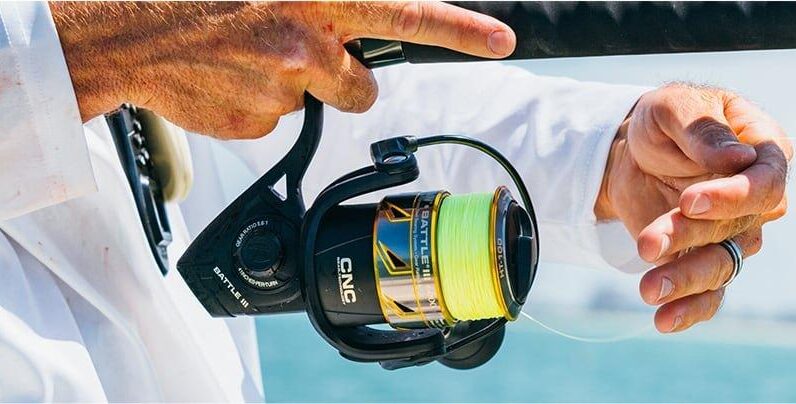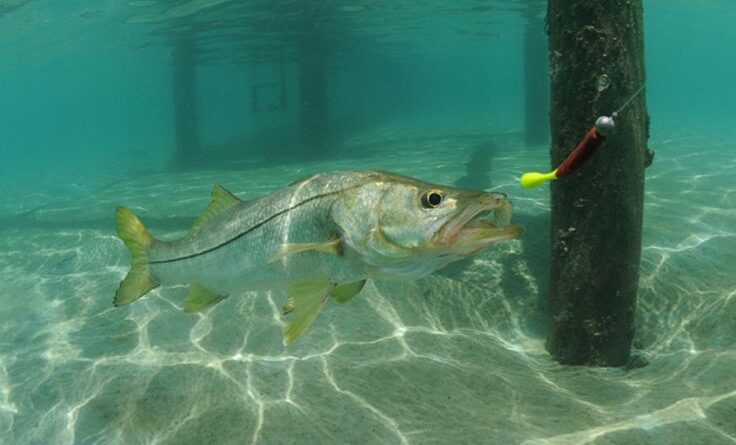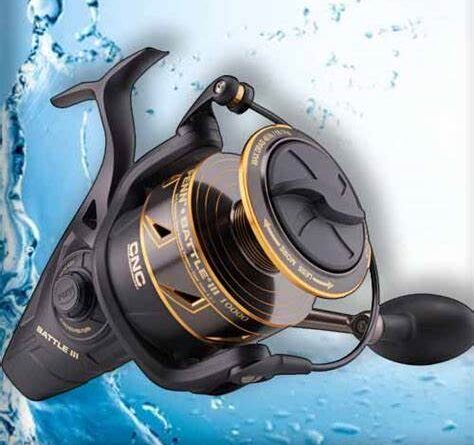Fishing is a timeless and rewarding outdoor activity that allows individuals to connect with nature while pursuing the thrill of reeling in a catch. Whether you’re a complete novice or someone looking to refresh your knowledge, choosing the right fishing equipment is a fundamental step toward success. In this beginner’s guide, we’ll walk you through the essential fishing gear you’ll need to get started on your angling journey. From rods and reels to lines and tackle boxes, we’ve got you covered.
The Fishing Rod: Your Trusty Companion
The fishing rod is perhaps the most critical piece of equipment in your fishing arsenal. It serves as the foundation for casting, retrieving, and ultimately, landing fish. When selecting a fishing rod, consider the following factors:
1. Rod Length
The length of your fishing rod plays a crucial role in your casting distance and control. Shorter rods (5 to 7 feet) are excellent for precision and close-quarters fishing, while longer rods (8 to 12 feet) offer extended casting range for larger bodies of water.
2. Rod Action
Rod action refers to how much the rod bends when pressure is applied. There are three main types:
- Fast Action: These rods bend primarily near the tip. They provide excellent sensitivity and are ideal for techniques that require quick hooksets.
- Medium Action: Medium-action rods bend in the middle. They strike a balance between sensitivity and power, making them versatile for various fishing styles.
- Slow Action: Slow-action rods bend throughout their length, offering maximum flexibility and sensitivity. They are suitable for lighter lines and smaller fish.
3. Rod Power
Rod power indicates the rod’s strength and ability to handle different fish sizes. Options include:
- Ultra-Light to Light: Best for smaller fish species like panfish and trout.
- Medium-Light to Medium: Versatile options for targeting a wide range of fish, including bass, walleye, and catfish.
- Medium-Heavy to Heavy: Designed for larger, stronger fish such as pike, muskie, and salmon.
Choose a rod that aligns with the type of fishing you plan to do and the species you intend to catch.
The Reel: Bringing in the Catch
The fishing reel is the component that allows you to retrieve your fishing line with ease and control. Reels come in various types, each designed for specific fishing applications:
1. Spinning Reels
Spinning reels are beginner-friendly and versatile. They are mounted beneath the rod and feature an open-face design. Spinning reels are suitable for a wide range of fish species and are known for their ease of use.
2. Baitcasting Reels
Baitcasting reels are mounted on top of the rod and provide more accuracy and control, making them popular for experienced anglers. They are ideal for targeting larger fish and casting heavier lures.
3. Spincast Reels
Spincast reels are the easiest to use, making them perfect for beginners. They have a closed face and a simple push-button mechanism for casting. Spincast reels are ideal for smaller species and lightweight setups.
4. Fly Reels
Fly reels are designed for fly fishing and are specialized for casting lightweight artificial flies. They pair with fly rods and play a critical role in controlling the line’s tension during casting and reeling.
When choosing a reel, ensure it is compatible with your selected fishing rod and the type of fishing you plan to pursue.
Fishing Line: Connecting You to the Fish
The fishing line is the link between you and the fish. It comes in various materials, each with its characteristics:
1. Monofilament
Monofilament line is a popular choice for beginners due to its affordability and versatility. It’s relatively easy to handle and offers good knot strength. However, it can have more line memory and less sensitivity compared to other types.
2. Braided Line
Braided lines are known for their strength and thin diameter. They have minimal stretch, which provides excellent sensitivity for detecting bites. Braided lines are a great choice when fishing in heavy cover or for targeting larger fish.
3. Fluorocarbon Line
Fluorocarbon lines are nearly invisible underwater and have minimal stretch. They are resistant to abrasion, making them suitable for fishing in rocky or snag-prone areas. Fluorocarbon is often used as a leader material in combination with other lines.
Choose the fishing line that best suits your fishing style, target species, and the water conditions you’ll be encountering.
Tackle Boxes and Organizers: Stay Well-Prepared
Tackle boxes and organizers are essential for keeping your fishing gear organized and accessible. They come in various sizes and designs, allowing you to customize your storage solution to fit your needs. Consider the following when selecting a tackle box:
- Size: Choose a size that accommodates your gear and provides room for future additions.
- Compartments: Opt for a tackle box with adjustable dividers or removable trays to keep your lures, hooks, and other tackles organized.
- Durability: Look for a tackle box made from sturdy materials to withstand the rigors of fishing.
- Portability: Consider whether you need a compact, portable tackle box or a larger, stationary organizer.
A well-organized tackle box not only keeps your gear in order but also saves you valuable fishing time.
Hooks, Lures, and Baits: Tempting the Fish
Hooks, lures, and baits are the components that entice fish to strike. The type of hook, lure, or bait you choose depends on your target species and fishing technique:
1. Hooks
Hooks come in various sizes and styles, including:
- Single Hooks: Used for live bait or soft plastics.
- Treble Hooks: Effective for lures and artificial baits.
- Circle Hooks: Designed to minimize gut hooking and improve catch-and-release success.
Ensure you have a variety of hooks in your tackle box to match the size and type of bait you plan to use.
2. Lures
Lures are artificial baits designed to mimic the appearance and movement of prey. They come in an array of shapes, sizes, and colors to suit different fishing conditions and species:
- Spinnerbaits: Great for attracting bass and pike.
- Crankbaits: Effective for covering water quickly and targeting various species.
- Soft Plastics: Versatile and used with different rigs for a variety of fish.
- Topwater Lures: Entice fish to strike on the surface for exciting action.
Experiment with different lures to discover what works best in your local waters.
3. Baits
Live baits, such as worms, minnows, and insects, are excellent choices for many freshwater species. They are readily available and often irresistible to fish. Additionally, artificial baits like plastic worms and grubs can be used to imitate live prey successfully.
Fishing Accessories: Completing Your Kit
To round out your basic fishing equipment, consider the following accessories:
1. Fishing Line Accessories
- Line Clippers: For trimming excess lines.
- Hook Sharpener: To maintain sharp hooks.
- Bobbers: Used for indicating bites and suspending bait at a specific depth.
2. Fishing Tools
- Pliers: For removing hooks and adjusting lures.
- Fish Grippers: To safely handle and release fish.
- Scale and Measuring Tape: For recording your catch’s size.
3. Safety Gear
- Hat and Sunglasses: Protect yourself from the sun’s harmful rays.
- Sunscreen and Bug Spray: Essential for comfortable outdoor fishing.
4. Fishing Apparel
- Appropriate Clothing: Wear comfortable, weather-appropriate attire and consider waterproof options when necessary.
Conclusion: Start Your Fishing Adventure
Choosing the basic fishing equipment outlined in this beginner’s fishing guide will set you on the path to successful angling adventures. As you gain experience and explore different fishing techniques and environments, you can expand your gear collection accordingly. Remember to always follow local fishing regulations, practice responsible catch-and-release when needed, and respect the environment. For more tips and resources on fishing gear, techniques, and destinations, visit www.cheerfulfisherman.com and embark on your journey as a cheerful fisherman or fisherwoman. Happy fishing!







1 Comment
Comments are closed.